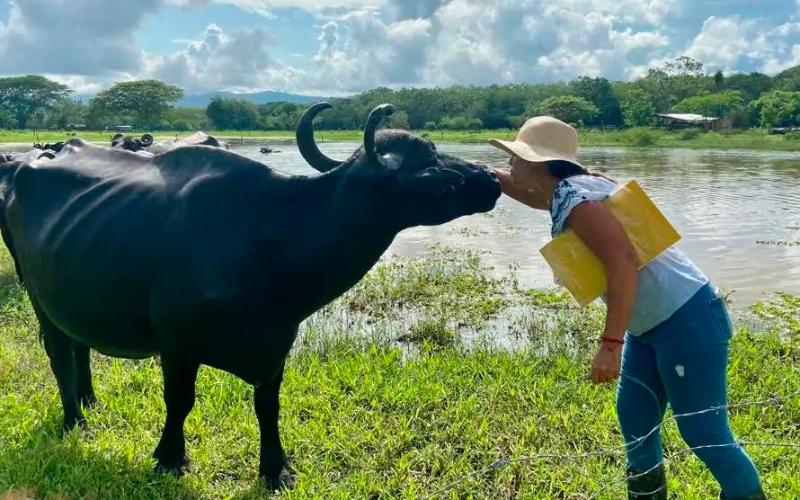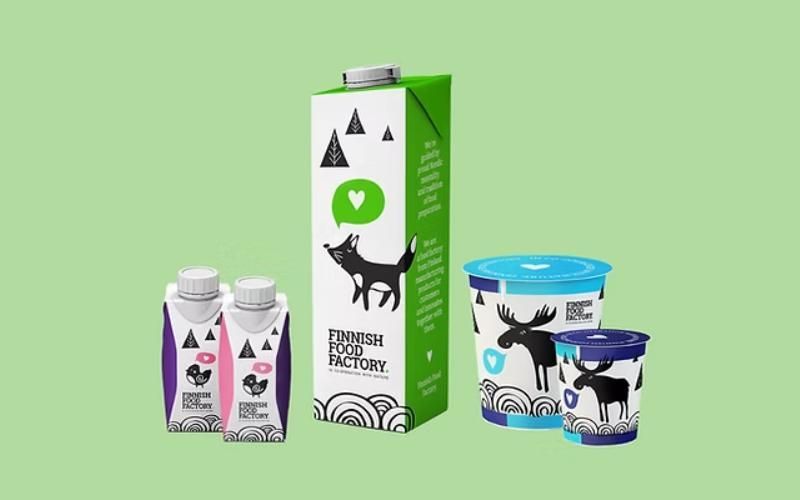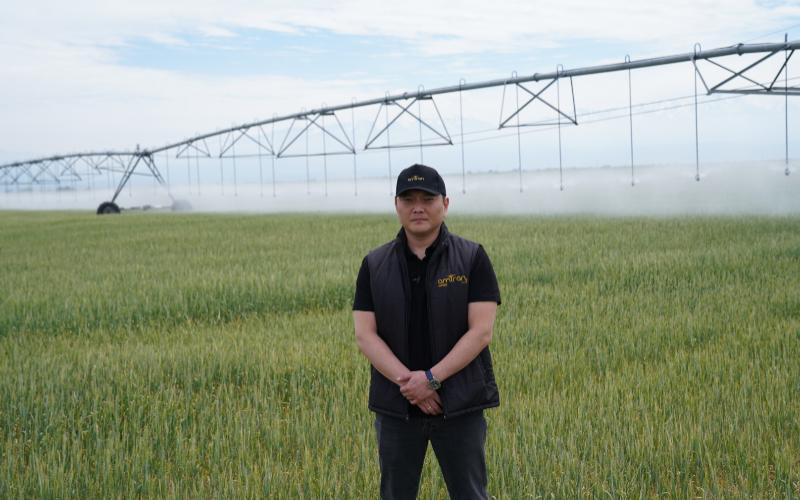Teat sealants mimic the natural barrier found in cows
Source: bovinevetonline.com
Proper care of cows at the beginning of the dry period can have a big impact on the success of their next lactation. Although most cows develop a keratin plug that seals the teat canal and prevents the entry of pathogens that cause mastitis, this often does not happen quickly enough in modern high-producing animals. The use of internal teat sealants is an effective means of protecting cows.

The use of internal teat sealants is an effective means of protecting cows.
“A cow is most susceptible to mastitis at the beginning of the dry period,” said Kurt Vlietstra, DVM, Boehringer Ingelheim. “She typically milks for over 300 days, and it takes several days for the end of the teat to begin to close and provide a natural barrier to new infections.”
According to Vlietstra, an effective internal teat sealant essentially does what the cow should do herself.“But not every cow develops this plug, and sometimes its formation is delayed,” he said. “When you use an internal teat sealant during the dry period, you provide an immediate barrier while the cow waits to make her own, and you eliminate the risk of infection if she doesn't.”
Nipple sealants also provide additional benefits.
“In most cases, antibiotics do not work during the dry period, so the cow may be susceptible to intramammary infections before her next calf is born, when her immune system is weaker,” Vlietstra explained. “Using an internal teat sealant protects cows throughout the dry period.”
Teat sealants also work well in combination with antibiotic therapy when needed. Protection against infection gives the cow's udder a chance to heal, he added.
“So when she has her next calf and starts her next lactation, she will be able to produce good milk—and hopefully a lot of it.”
An effective internal teat sealant provides a sterile barrier between the udder and the environment. Careful cleaning of equipment and animal is necessary during application and removal of sealant.
Following these steps will help prevent the introduction of pathogens:
- Empty the udder, making sure that each quarter is milked completely.
- Use clean syringes and gloves for each cow.
- Clean each nipple with germicidal solution, leaving for 30 seconds, then dry with a clean towel.
- Thoroughly clean each end of the nipple with an alcohol-soaked pad, starting with the furthest nipples.
- Open the sealant syringe, being careful not to touch the tip. Open the cap of only one syringe at a time.
- Fill the nipples in the opposite direction fr om which they were cleaned (i.e., fill the nearest nipples first).
- Pinch the teat wh ere it meets the base of the udder to prevent the sealant from extending beyond the teat canal.
- Apply sealant as directed in the instructions.
- Do not rub the sealant into the udder.
- Apply teat disinfectant after milking.













